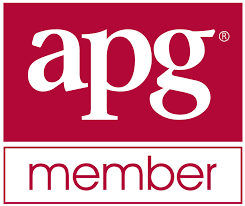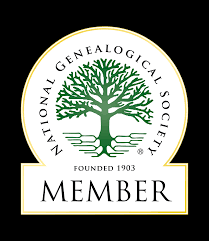Stars, Stripes, and Slushies: How Fourth of July Traditions Evolve Across Generations
The Fourth of July has always been a time for celebration, but the way Americans mark Independence Day has changed over time. From church bells and cannon fire in 1776 to backyard barbecues and slushie machines in 2025, the holiday has evolved along with our country. Yet one thing remains the same: the importance of family, freedom, and connection.
-Aimee Rose-Haynes
7/2/20255 min read
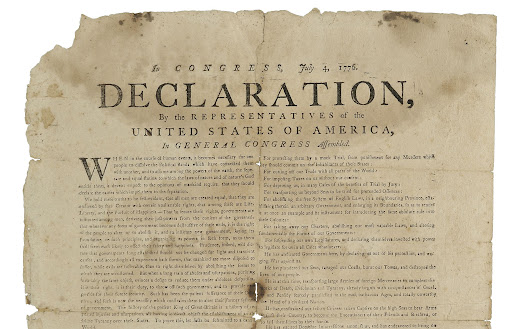

Celebrating in 1776
When the Declaration of Independence was adopted on July 4, 1776, the newly declared United States was still in the middle of a war for freedom. Even so, citizens celebrated with everything they had available. In Philadelphia, the declaration was read aloud to the public, and crowds gathered to cheer, ring bells, and fire muskets into the air. Soldiers and civilians alike lit bonfires, held mock funerals for King George III, and enjoyed whatever feasts they could pull together.
There were no official parades or fireworks displays yet, but the patriotic spirit was strong. Celebrations were informal, spontaneous, and heartfelt. It was a powerful, symbolic moment and the people responded with joy, pride, and hope for the future. It was the birth of a new Nation.
The 1800s and the Birth of Tradition
As the United States grew, so did the Fourth of July. By the early 1800s, cities and towns across the country were holding official events. Parades with flags and fife-and-drum bands became common, especially in small towns. Speeches by local leaders, poetry readings, and prayer services were added to the day’s festivities. It was a time for communities to come together, remember the sacrifices made for freedom, and teach the younger generations about patriotism.
In the decades following the War of 1812, the Fourth of July became one of the most significant civic holidays in the country. Fireworks became more accessible and were added to the celebrations, though safety standards were not what they are today. By the late 1800s, families would pack picnics, gather in town squares, and listen to brass bands play “The Star-Spangled Banner.”
How My Great Grandparents Might Have Celebrated
By the time my great-grandparents were raising their families, in early 1900s, Independence Day would have been a major holiday. Their celebration might have started with a flag-raising ceremony at the local courthouse or church. They would have attended a parade, then gathered for a community picnic with fried chicken, fresh-baked pies, and lemonade served under large oak trees.
Children would have played games like sack races or rolled hoops, while the adults talked about politics, the weather, and crops. A homemade American flag may have hung from the front porch, and if the family was lucky, they would have stayed out late enough to see a fireworks show put on by the town or by a group of enthusiastic neighbors.
It was a simpler time, with fewer distractions, but the meaning behind the celebration was just as powerful as it is today.
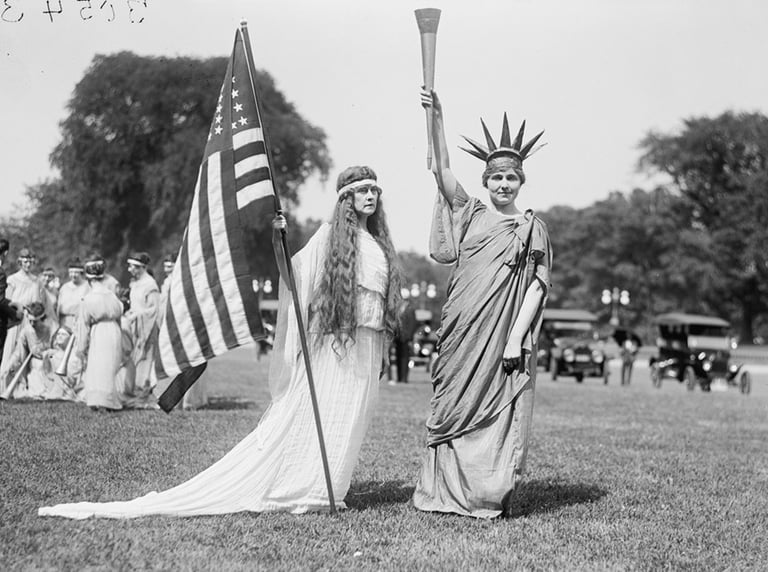

Photograph via Harris & Ewing Collection (Library of Congress).
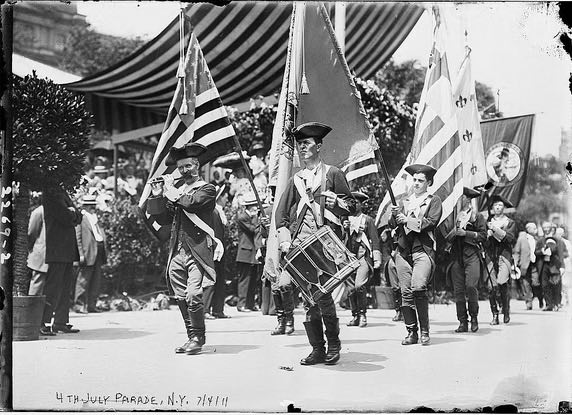

Library of Congress.
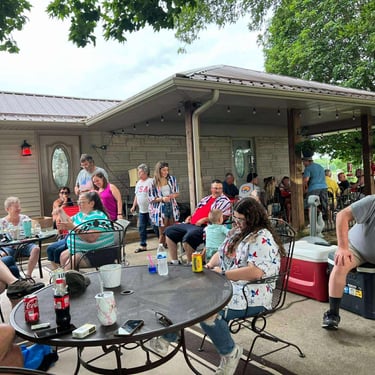
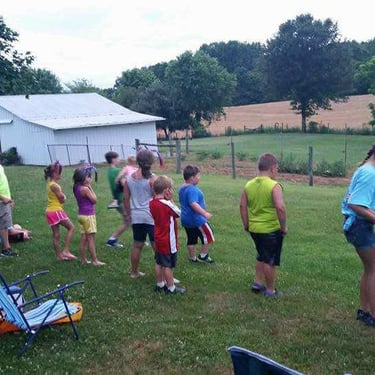
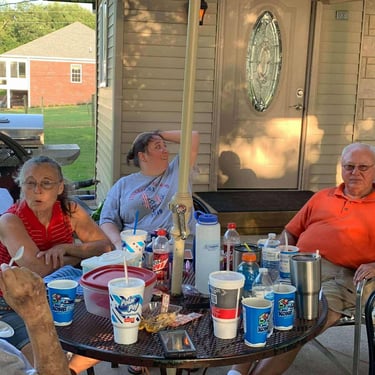
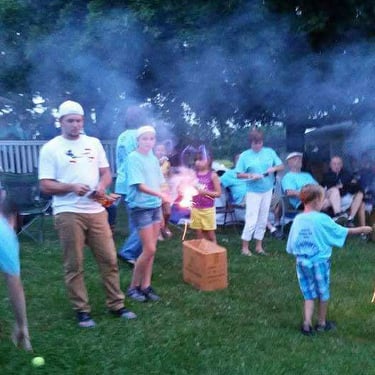
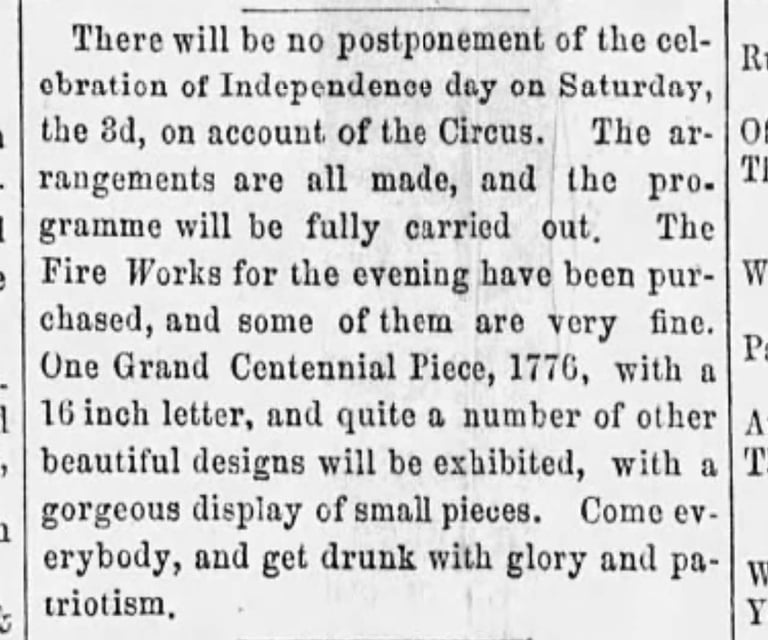

Mason City Journal IL 25 jun 1875
Our Modern Tradition: Fireworks, Family, and Slushies
Today, our Fourth of July celebration looks a little different from those in the past, but the heart of the tradition is still the same. Every year, we gather at my husband’s aunt’s house for a big multi-generational party that has become one of the highlights of our summer. It is more than just a get-together. It is a long-standing tradition that brings our family closer and gives us something to look forward to each year.
The day is filled with laughter and connection. We catch up with extended family, swim in the pool, share meals, and enjoy plenty of inside jokes. And of course, there are slushies. These colorful frozen drinks are a summer favorite in our family. Whether red, blue, or some mix of both, each one tastes like sunshine and celebration.
For several years, we all wore matching custom shirts. One year, they even featured a stars and stripes chicken on the front, which became a running joke and a cherished memory. It is not uncommon for someone to pull out a guitar and start a round of singing, or for multiple games of cornhole to break out on the lawn. Coolers, folding chairs, and tables cover the patio, which is decorated with red, white, and blue decorations and glowing summertime lights.
As the sun begins to set, the kids settle into the grass with their slushies and sparklers, completely in their element. Their laughter and excitement fill the yard as they live their best little lives, making memories that will last a lifetime. When we see the truck and trailer pull down into the field, we all know it’s almost time. This is the moment my husband’s uncle has been waiting for. With his lighter in hand and a proud smile on his face, he gets ready to light up the sky with a fireworks show full of bright colors and thunderous booms.
But it is also a bittersweet time. Each year, we feel the presence of those who once sat with us on that porch and are no longer here. I still remember my first year joining the family. Nan, my husband’s great-grandmother, was sitting on the patio, laughing and watching her great-grandchildren play. That moment has stayed with me.
My husband’s grandma loved to play pull tabs, always with a drink in her hand, but you could usually find her in the kitchen with her daughters, making sure the food she prepared for an army was always replenished and the kitchen stayed spotless.
His great-aunt would share the best stories about growing up and had everyone laughing so hard they were in tears.
This year will be our first time celebrating without my mother-in-law, who recently passed away. We’re used to seeing her at the table, sitting in her chair, playing her pull tabs (and fussing at her daughter for cheating and always winning), and sipping her Polar Pop. Her absence, like the others we have lost, will be deeply felt.
It is never quite the same without them, but we carry on the tradition in their memory. We gather, we laugh, and we create new memories on that same patio for the younger generations to hold on to. That is what makes this celebration meaningful. It is not only a tribute to freedom but also a reflection of family, tradition, and the bonds that continue to bring us together year after year.
The Power of Tradition Traditions like these help connect the past to the present.
My ancestors probably never imagined their great granddaughter would be celebrating Independence Day with frozen slushies and backyard fireworks, but they would have understood the importance of honoring the day with family.
Whether your Fourth of July involves marching bands, corn on the cob, storytelling, or sparklers, it’s part of a long line of American traditions. We remember the past, live in the present, and pass the meaning of the day on to the next generation.
So this year, as we raise our cups of icy slushie to the sky and watch the fireworks burst above us, I think of all the celebrations that came before us. From the very first gathering in 1776 to the porch picnics of my ancestors, all the way to our lively family party today, the spirit of Independence Day lives on. Happy Independence Day.
And yes, I’ll be having a second or third slushie. It’s tradition.


